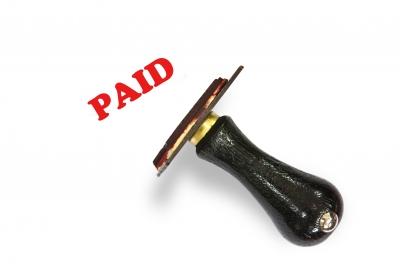Did you know that more than 20% of payments made online are now using ‘alternative payment methods’?
Alternative payment methods include mobile payments and eWallets like PayPal, which is by far the most famous.
More and more businesses are offering alternative payment options for their customers and clients, and they’re finding that their customers and clients are taking them up on the offer.
What are the benefits, and when are alternative payment methods not the best option?
Pros
Speed
In the early days of buying and selling online, customers would have to find their credit or debit card, type in the details including the long card number, the start date, the expiry date and the security code, and then process their payment.
For security, most banks have now added a further stage which includes typing digits from your chosen password on a separate screen. It might not take hours from a customer’s day but it can take minutes, and humans are inherently lazy.
We like to do as little as possible, so if an alternative payment method allows us to type nothing more than a username and a password that we’ve memorised, with just one click to finish it all, then we’re much happier with the process.
Security
There are many people still worried about sending their card details online.
They could be intercepted, or used by the seller for other purchases once he’s got them in his clutches.
Systems like PayPal allow you to provide your card details to PayPal only, so that payments are made using your email address and sellers never receive your card details.
Increased Confidence
It’s not just the case that people don’t like being limited. In fact, being limited decreases their confidence.
The more payment methods offered by an online seller, the happier customers are to place their trust in them.
Cons
Fees
Most alternative payment methods have additional fees attached. When someone pays for a £100 product or service using their credit or debit card, the seller receives the full £100.
When someone pays using an alternative payment method, the provider usually takes a cut (often calculated as a percentage of the total sale price).
PayPal fees total 20p per transaction, plus a cut of between 1.4% and 3.4%. The seller has to take the hit, or add this fee to the price they charge for their product or service which increases the cost for the buyer.
Less Protection for Sellers
In some cases, it seems that alternative payment method providers favour the buyer over the seller.
If there are any disputes, it’s harder for a seller to resolve that dispute automatically.
Alternative payment providers are often harder to contact, and may lock an account if a dispute is raised.
Account Access
Many alternative payment providers set up a direct debit, allowing them to take money from your account if it’s needed to pay fees that are owed.
If a customer disputes a payment, they could potentially take the money for the refund straight from your bank account.
Do you have any pros or cons to add to this list?
Which alternative payment methods do you use?
Comment below, and let me know.
Image courtesy of Surachai at FreeDigitalPhotos.net




I have PLENTY of cons with using PayPal as your business merchant. I could write an entire post about my recent experience with them. It’s downright shameful.